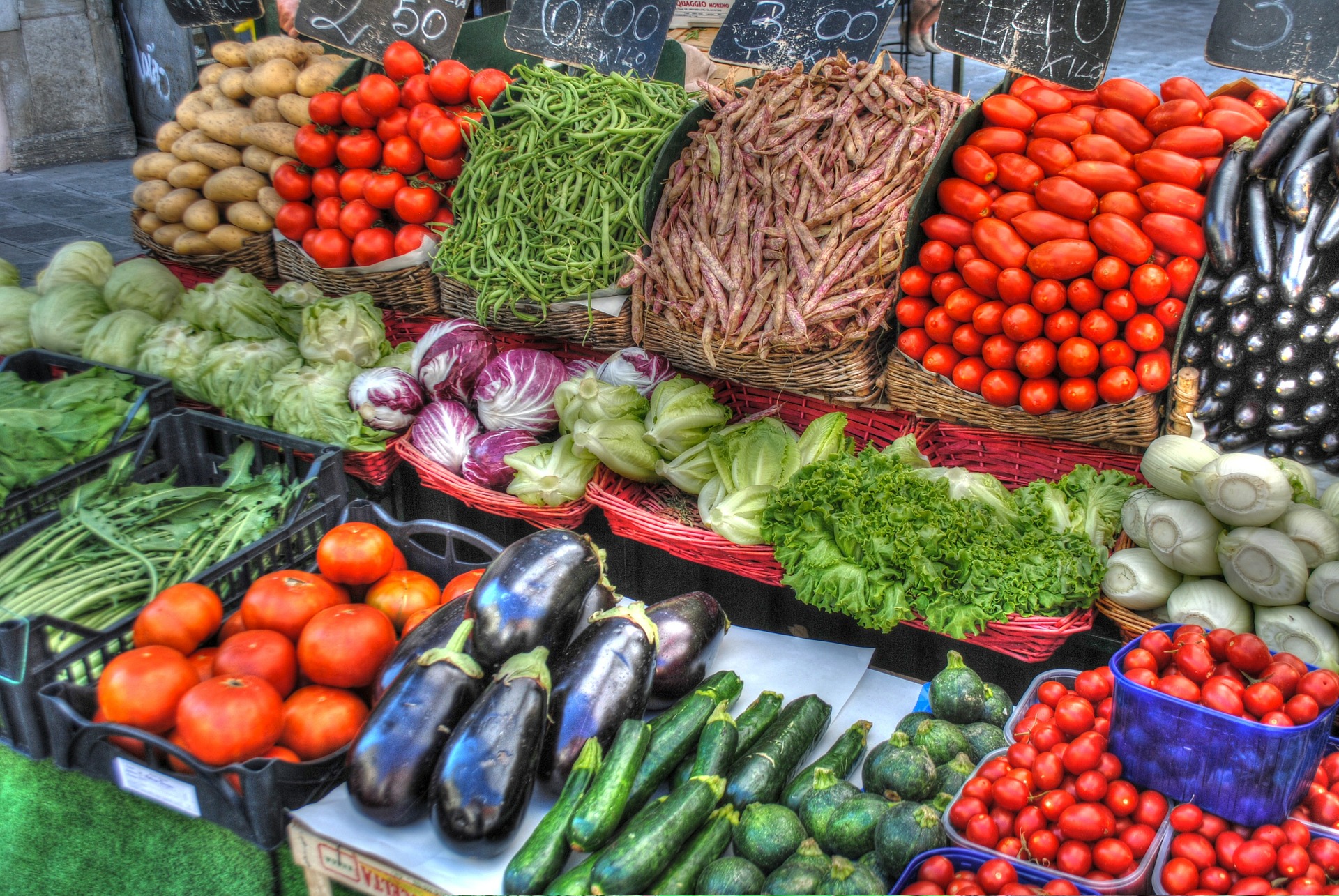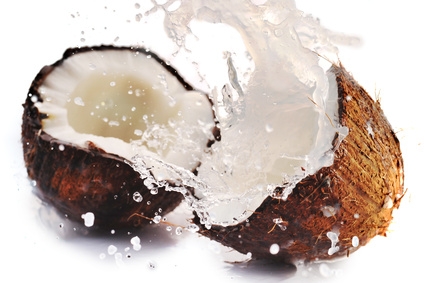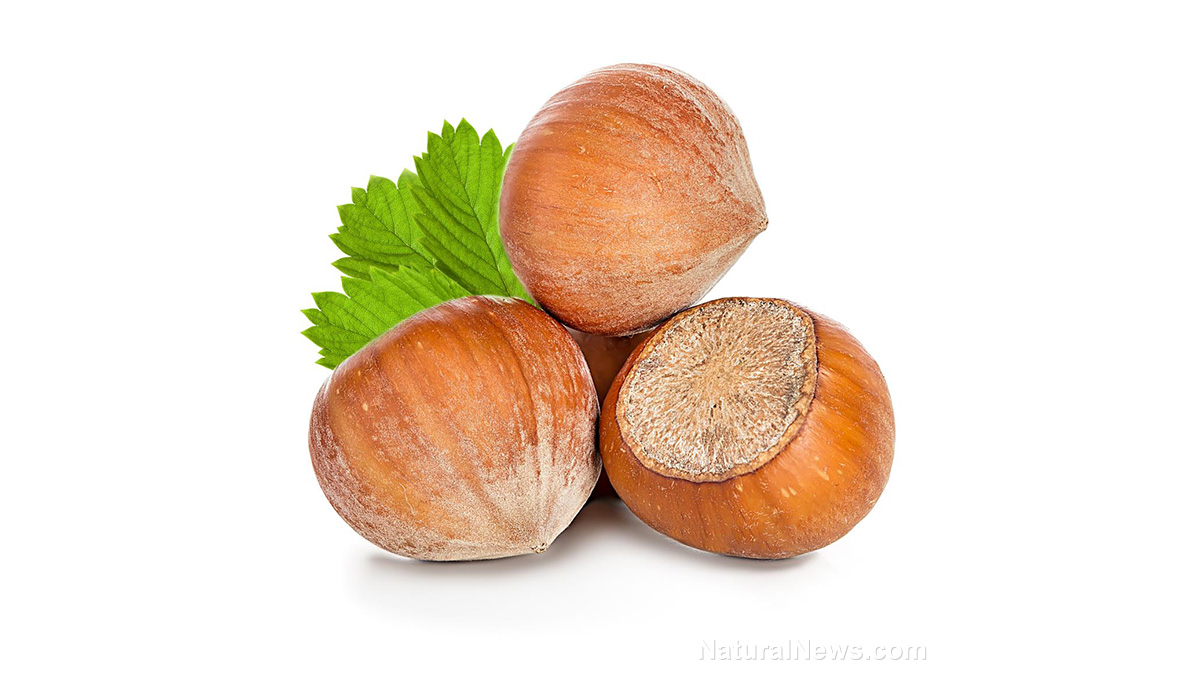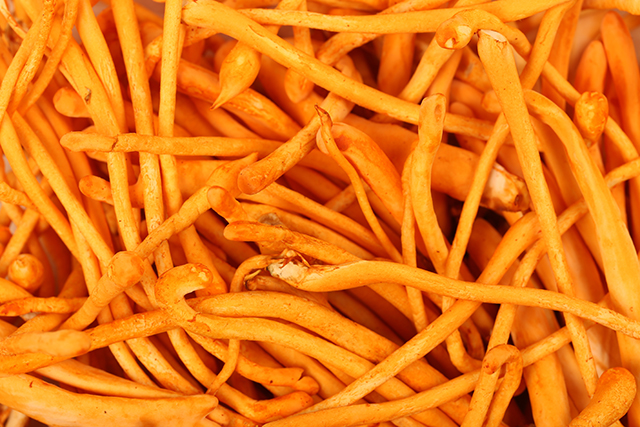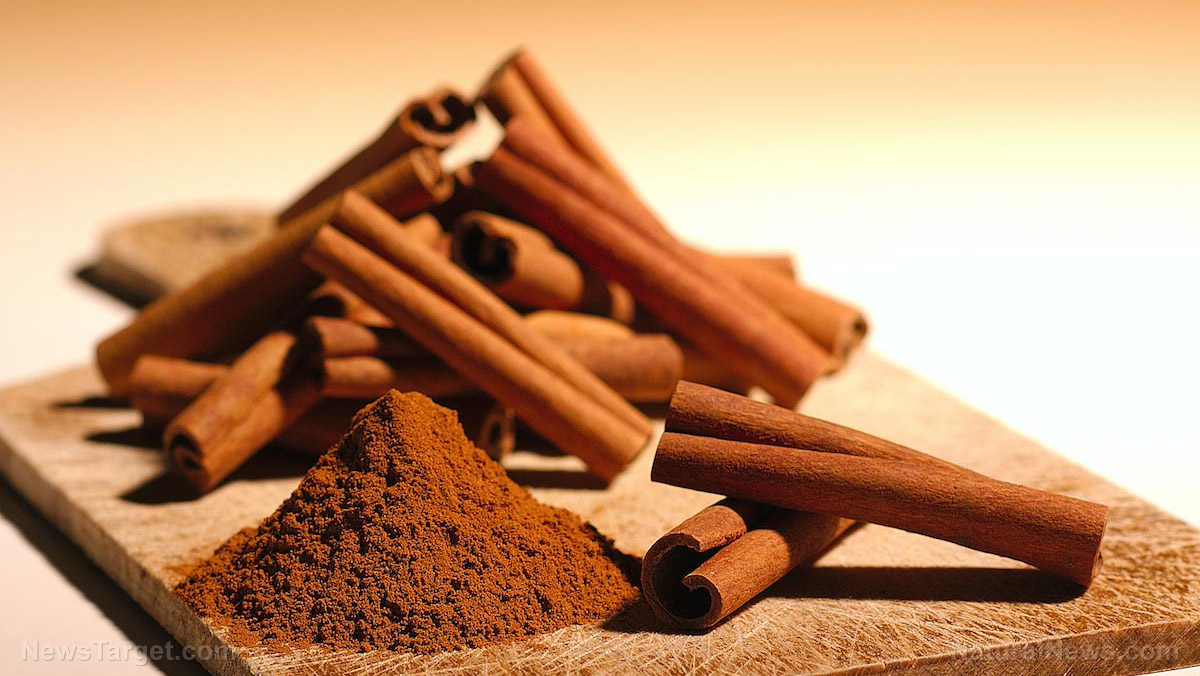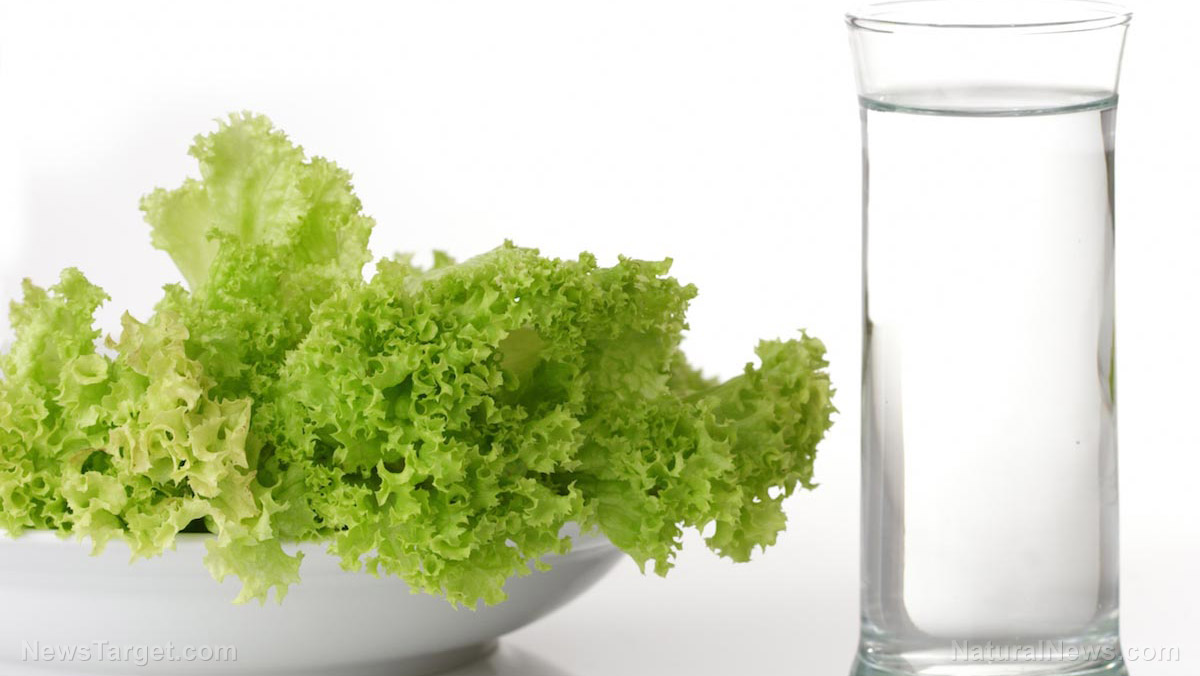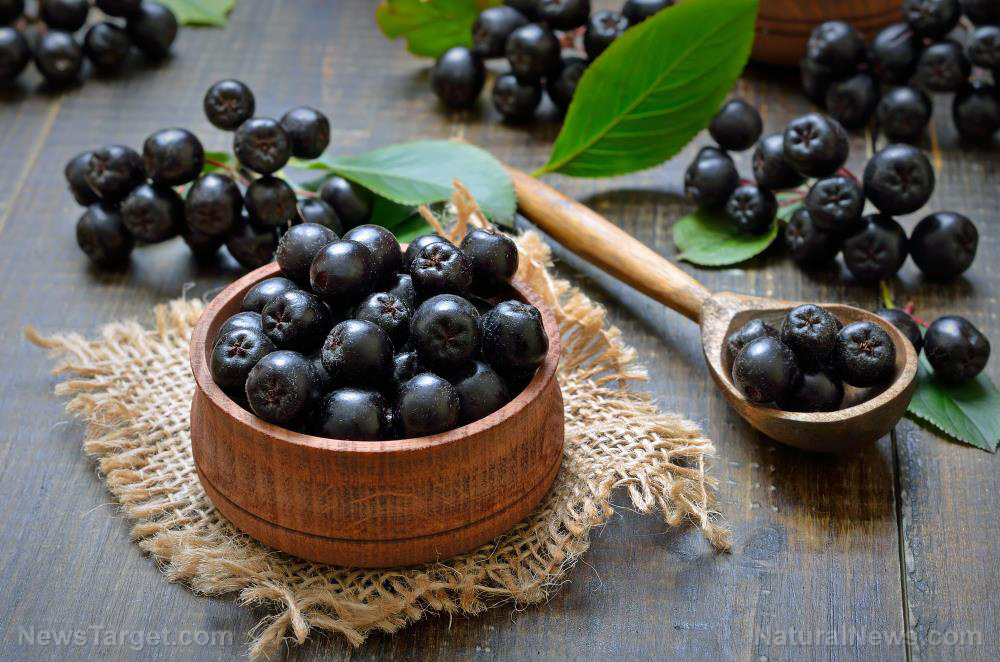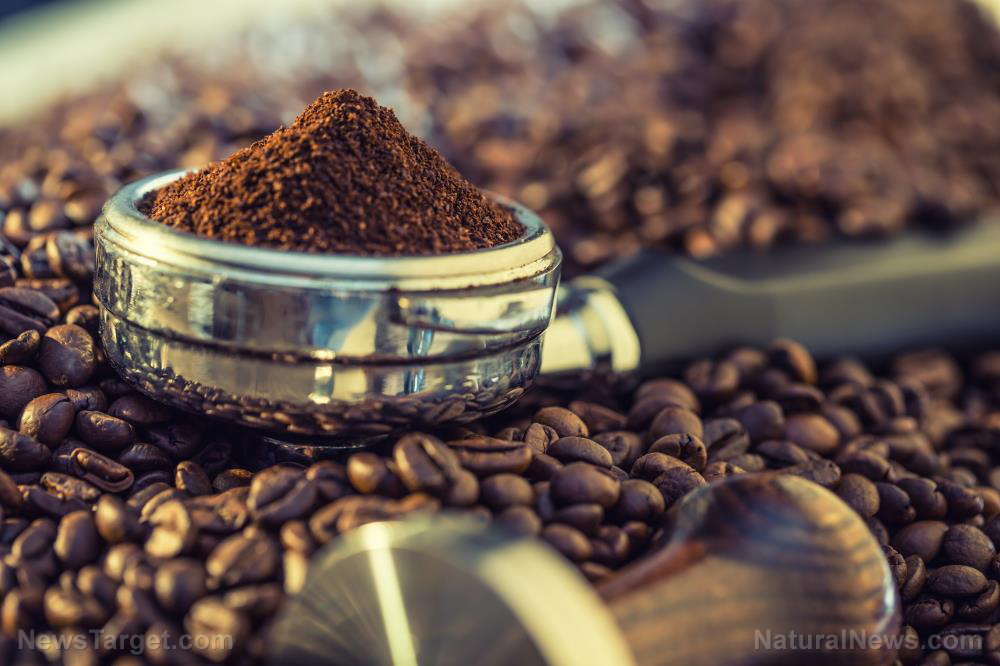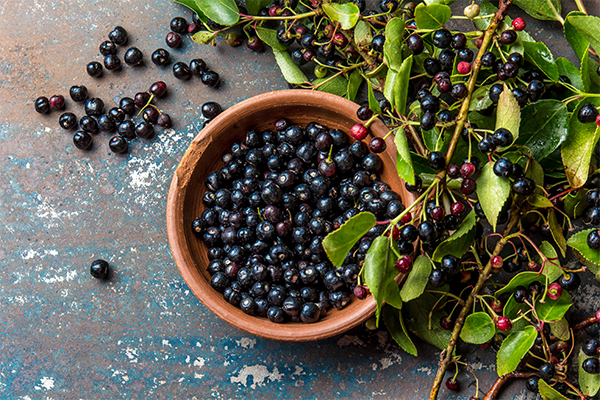Mulberry fruit extract improves insulin sensitivity
12/04/2018 / By Edsel Cook

The fruit of the white mulberry tree (Morus alba) is prescribed as an antidiabetic by traditional Chinese medicine. Korean researchers tested its ability to improve insulin sensitivity and correct hyperglycemia in a mouse model of Type 2 diabetes.
The study received support from Silla University. Its findings were published in the Journal of Medicinal Food.
- The mice model consisted of a control group, a rosiglitazone treatment group, and a mulberry fruit extract group. The animals were evaluated in terms of blood sugar, plasma insulin, and intraperitoneal glucose levels.
- Mice that received fruit extract displayed much lower levels of blood sugar than the ones in the untreated control group. Their average blood sugar levels were also greatly reduced.
- Their sensitivity to insulin also increased, according to the results of glucose and insulin tolerance tests. The extract-supplemented mice showed a much lower homeostatic index of insulin resistance compared to untreated animals.
- Mulberry fruit extract greatly increased the concentration of pAMPK and pAS160. It also increased the amount of plasma membrane-glucose transporter 5 in skeletal muscles, facilitating the easier movement of glucose to those muscles.
- The consumption of the fruit extract raised pAMPK in the liver. At the same time, they lowered the amount of glucose 6-phosphatase and phosphoenolpyruvate carboxykinase in that organ, which in turn inhibits the production of glucose from non-carbohydrate carbon substrates.
The outcome indicated that white mulberry fruit achieved its antidiabetic effect by triggering the AMPK enzyme and AS160 protein in skeletal muscles while also preventing gluconeogenesis from taking place in the liver.
Interested in other natural approaches to treating diabetes? Check out DiabetesScienceNews.com.
Journal Reference:
Choi KH, Lee HA, Park MH, Han J-S. MULBERRY (MORUS ALBA L.) FRUIT EXTRACT CONTAINING ANTHOCYANINS IMPROVES GLYCEMIC CONTROL AND INSULIN SENSITIVITY VIA ACTIVATION OF AMP-ACTIVATED PROTEIN KINASE IN DIABETIC C57BL/KSJ-DB/DB MICE. Journal of Medicinal Food. 1 August 2016;19(8):737–745. DOI: 10.1089/jmf.2016.3665
Submit a correction >>
Tagged Under:
antidiabetic, blood glucose, diabetes, food as medicine, food cures, hyperglycemia, insulin sensitivity, medicinal food, natural cures, natural medicine, traditional Chinese medicine, Type 2 Diabetes, white mulberry
This article may contain statements that reflect the opinion of the author
RECENT NEWS & ARTICLES
COPYRIGHT © 2017 PREVENTDIABETES.NEWS
All content posted on this site is protected under Free Speech. PreventDiabetes.news is not responsible for content written by contributing authors. The information on this site is provided for educational and entertainment purposes only. It is not intended as a substitute for professional advice of any kind. PreventDiabetes.news assumes no responsibility for the use or misuse of this material. All trademarks, registered trademarks and service marks mentioned on this site are the property of their respective owners.

